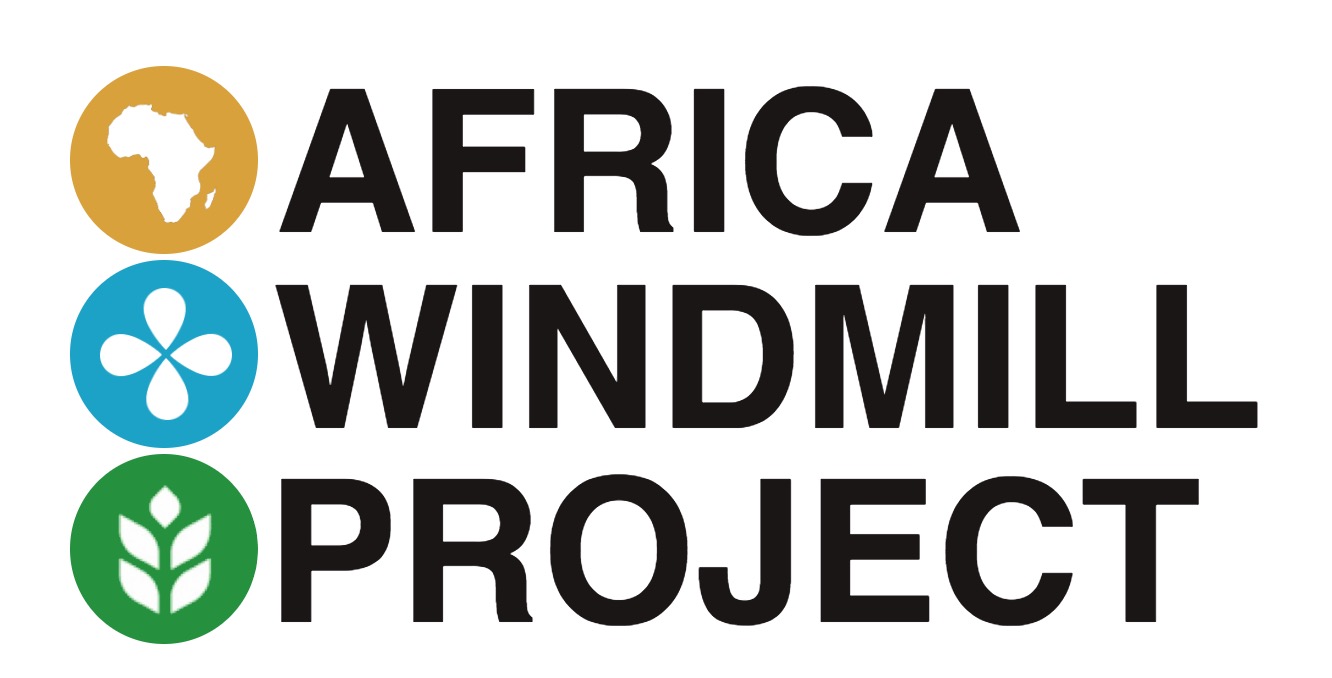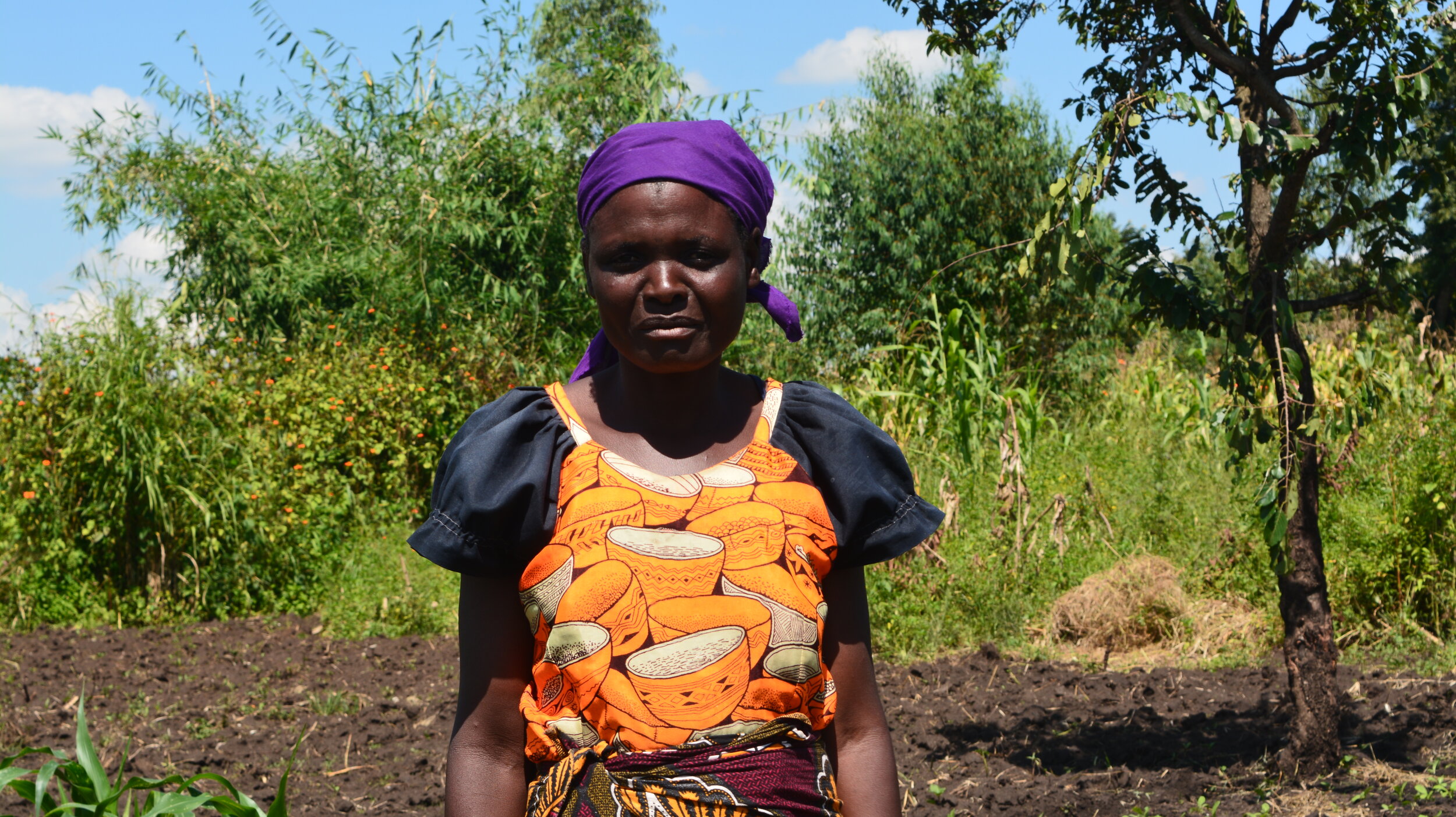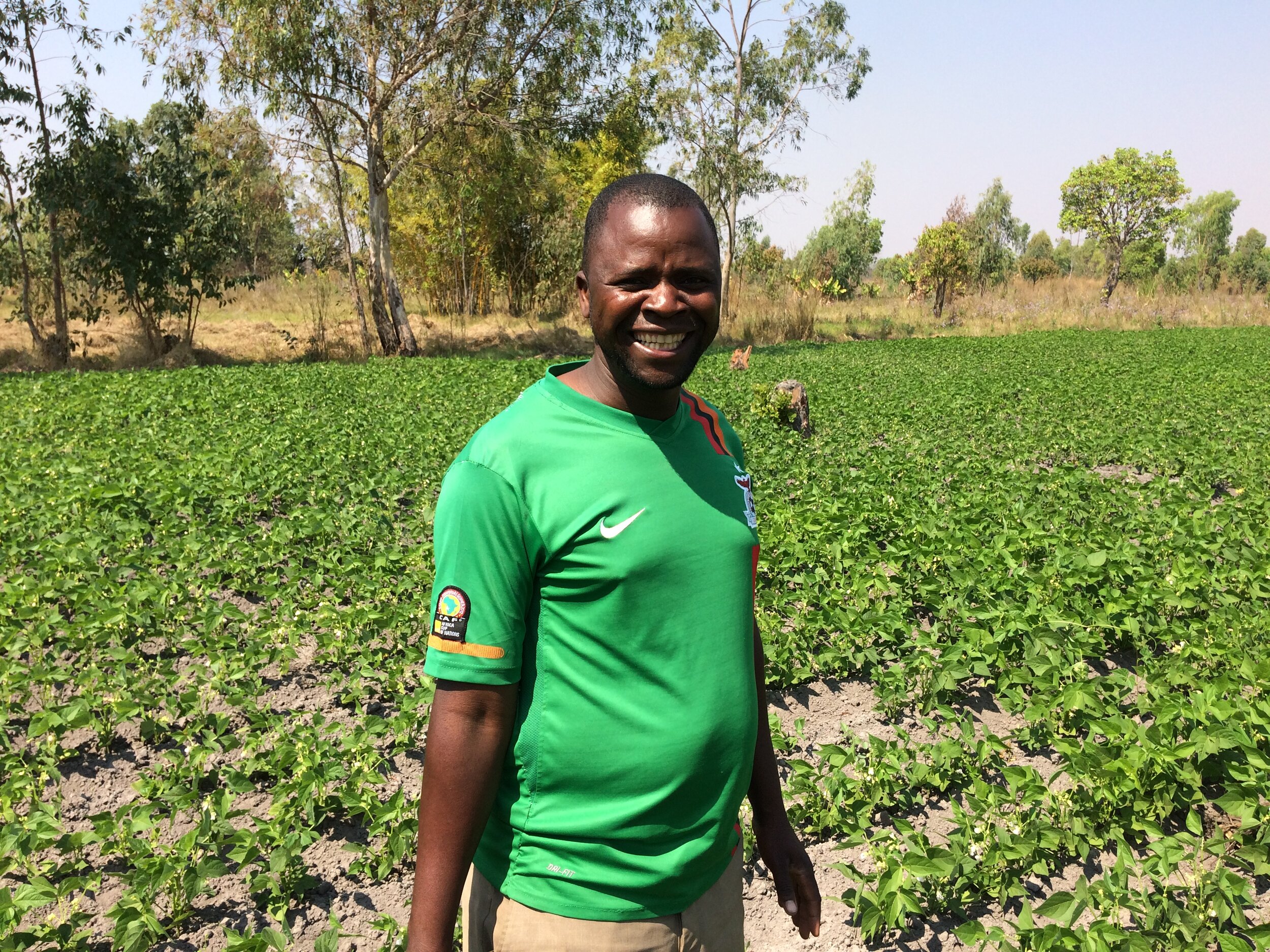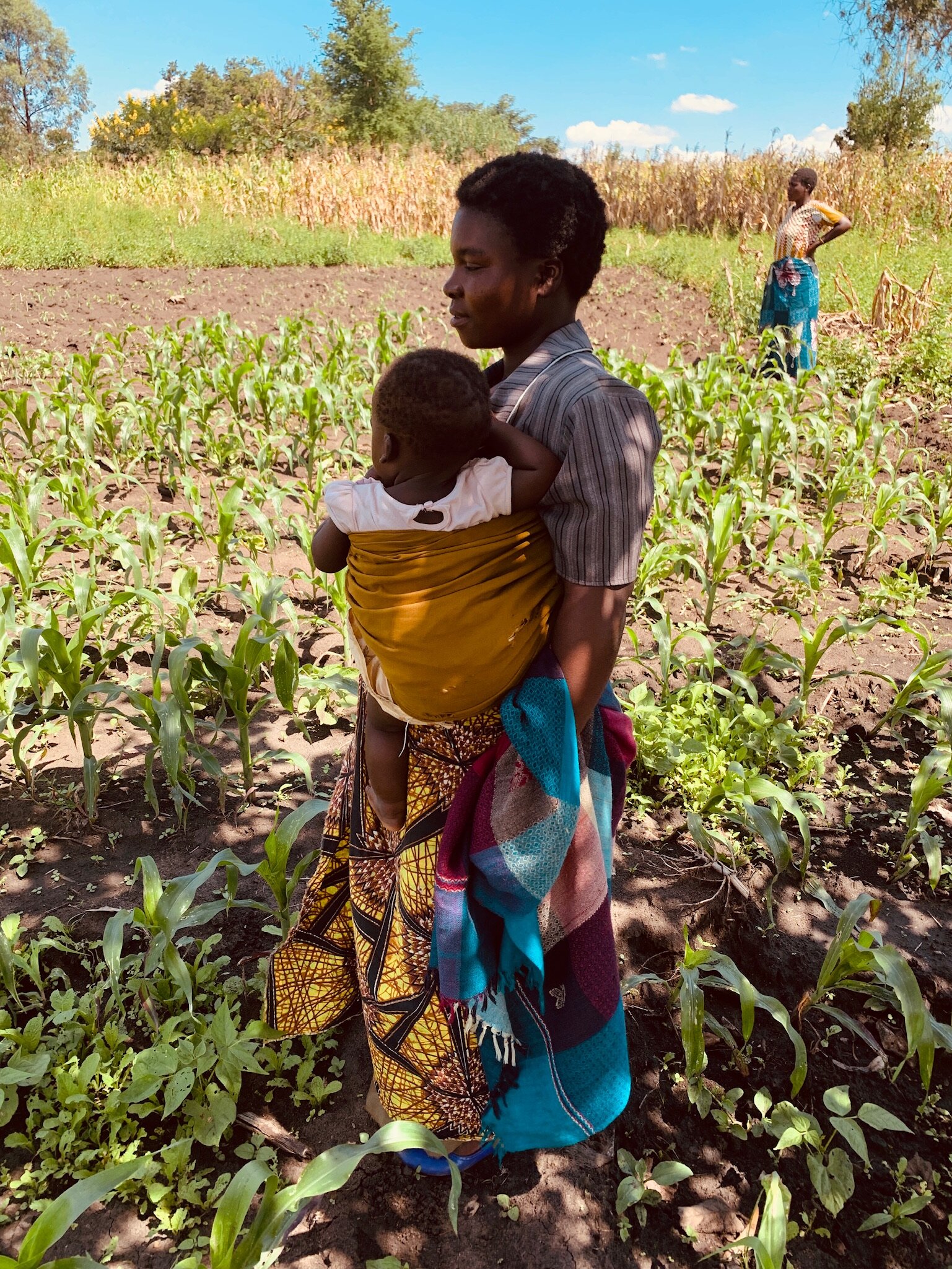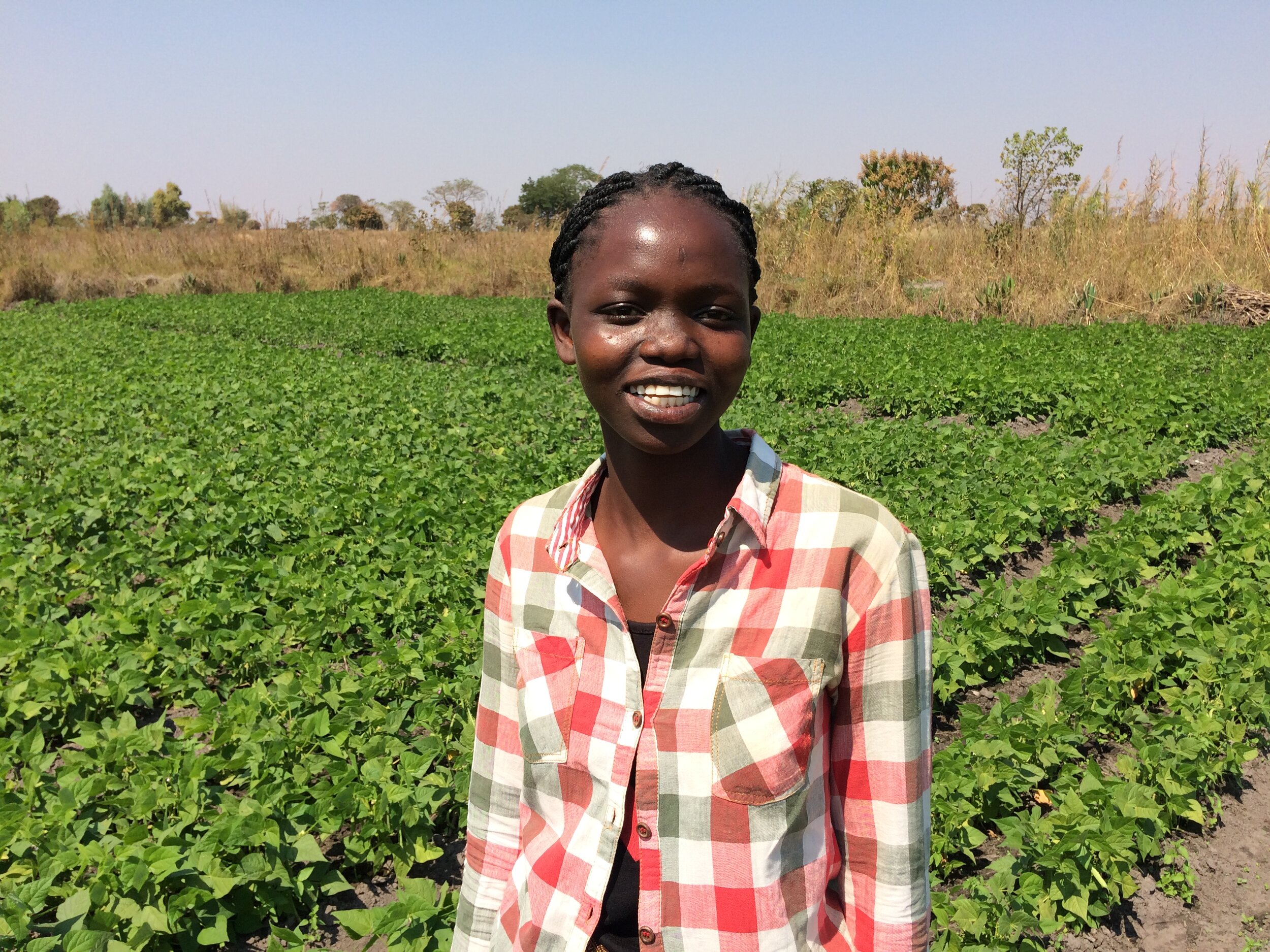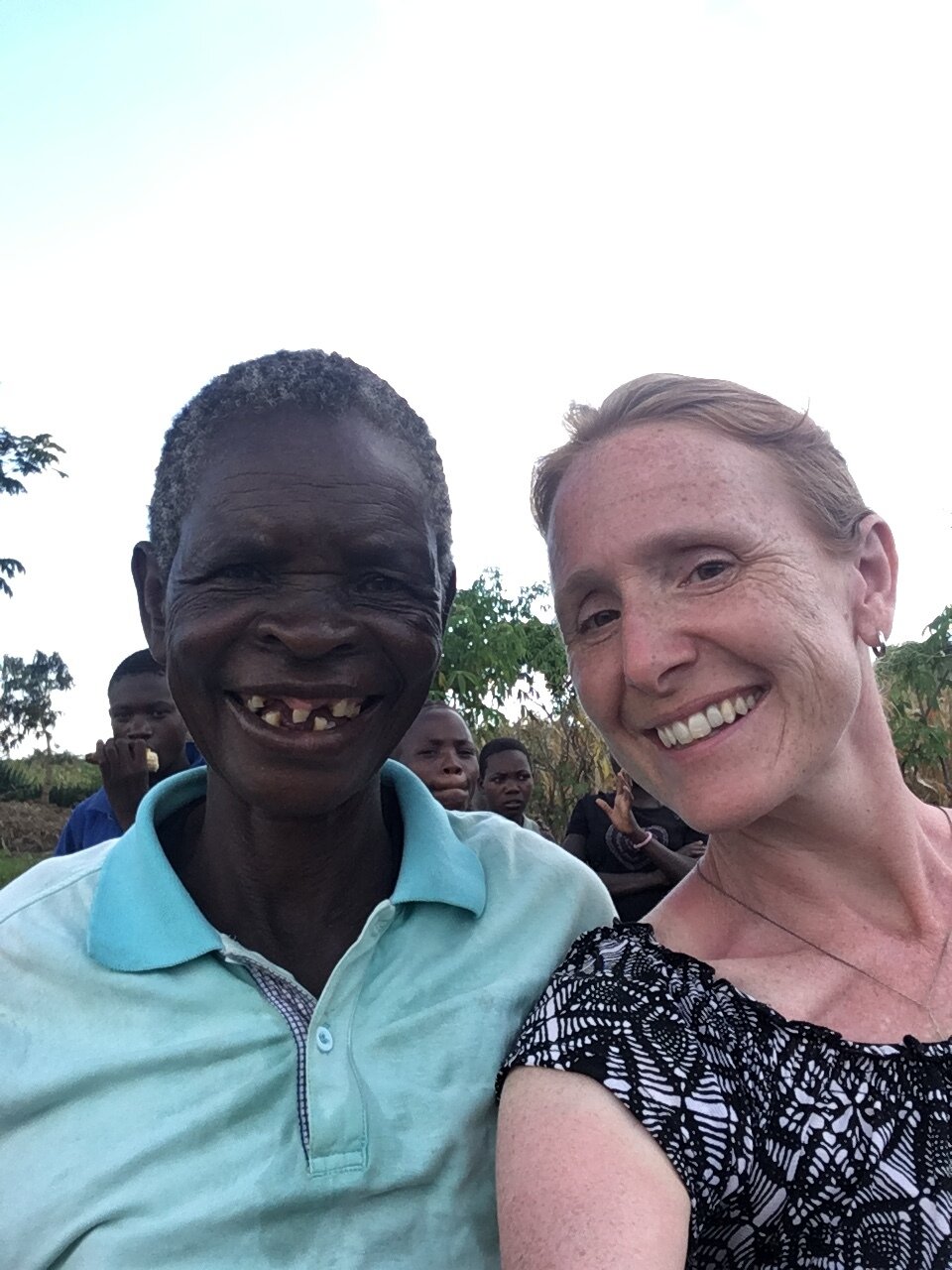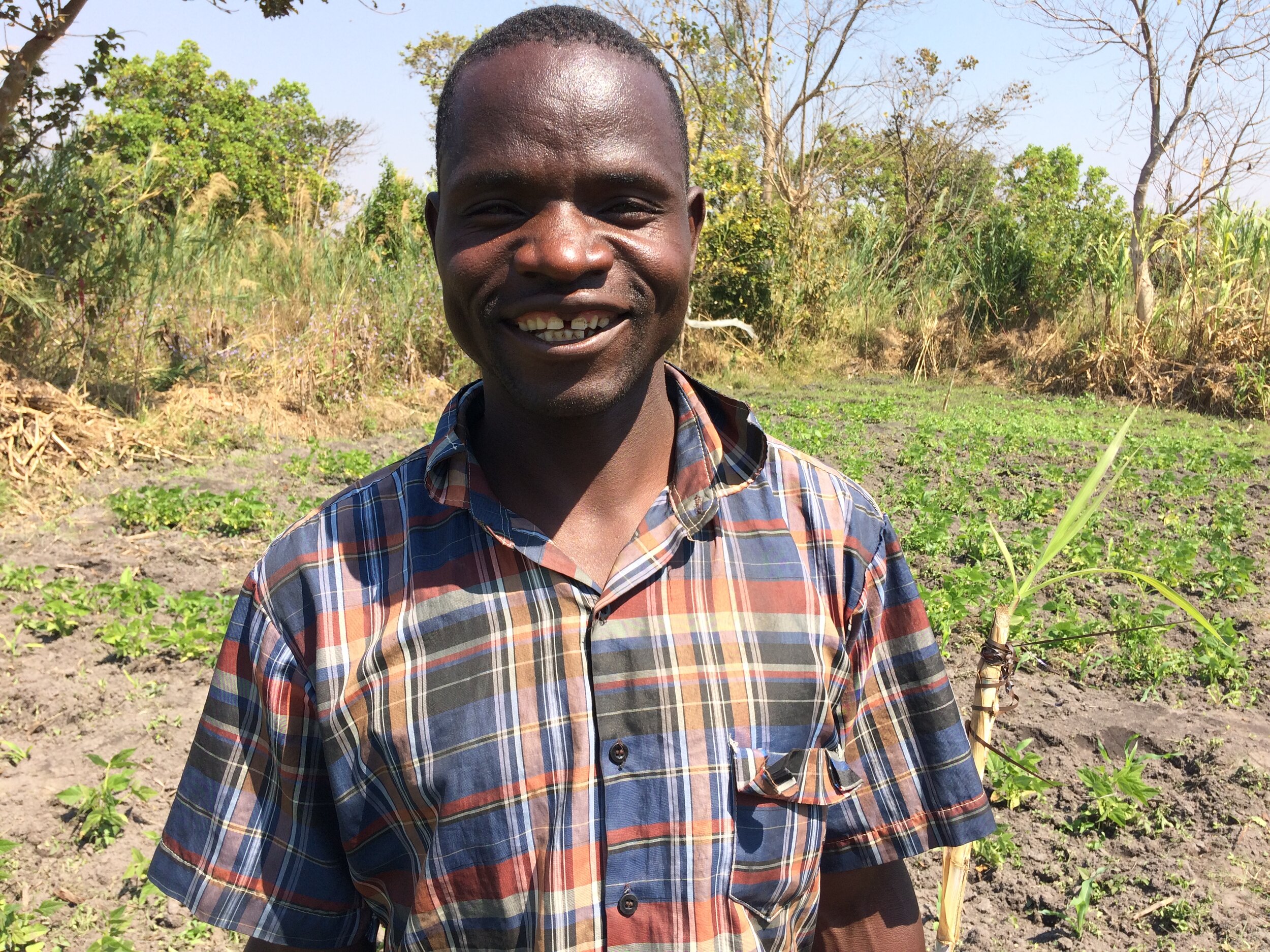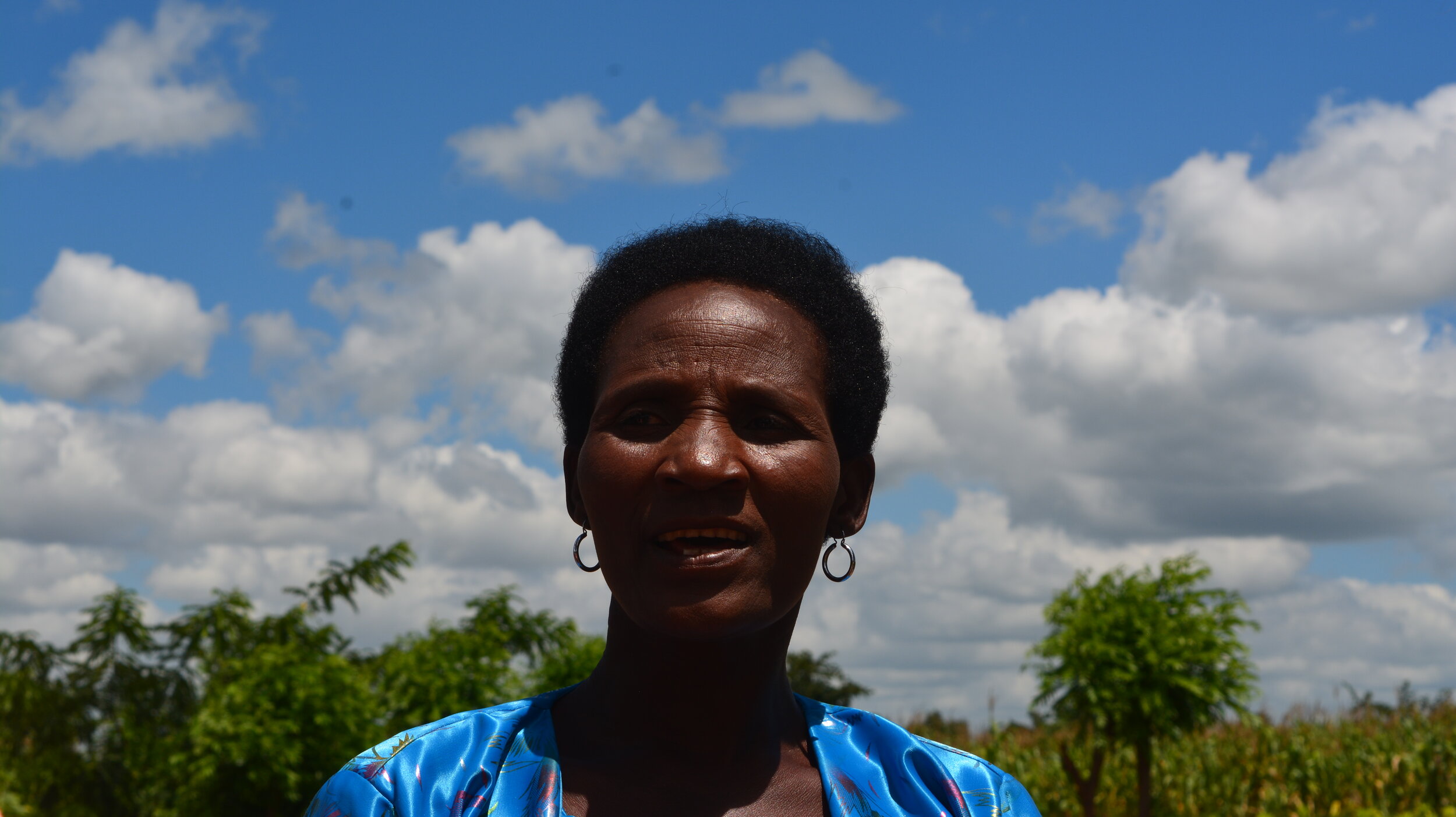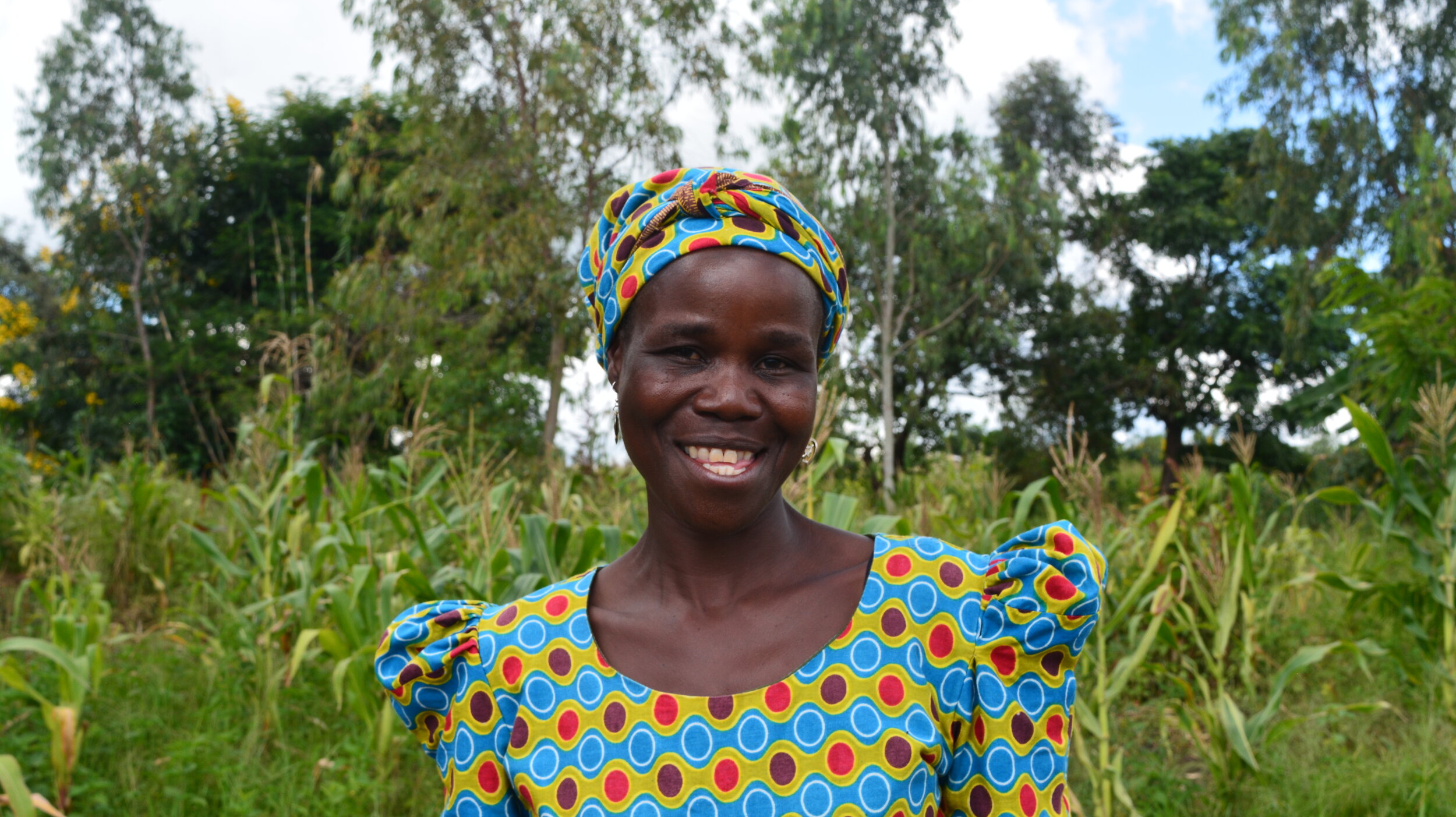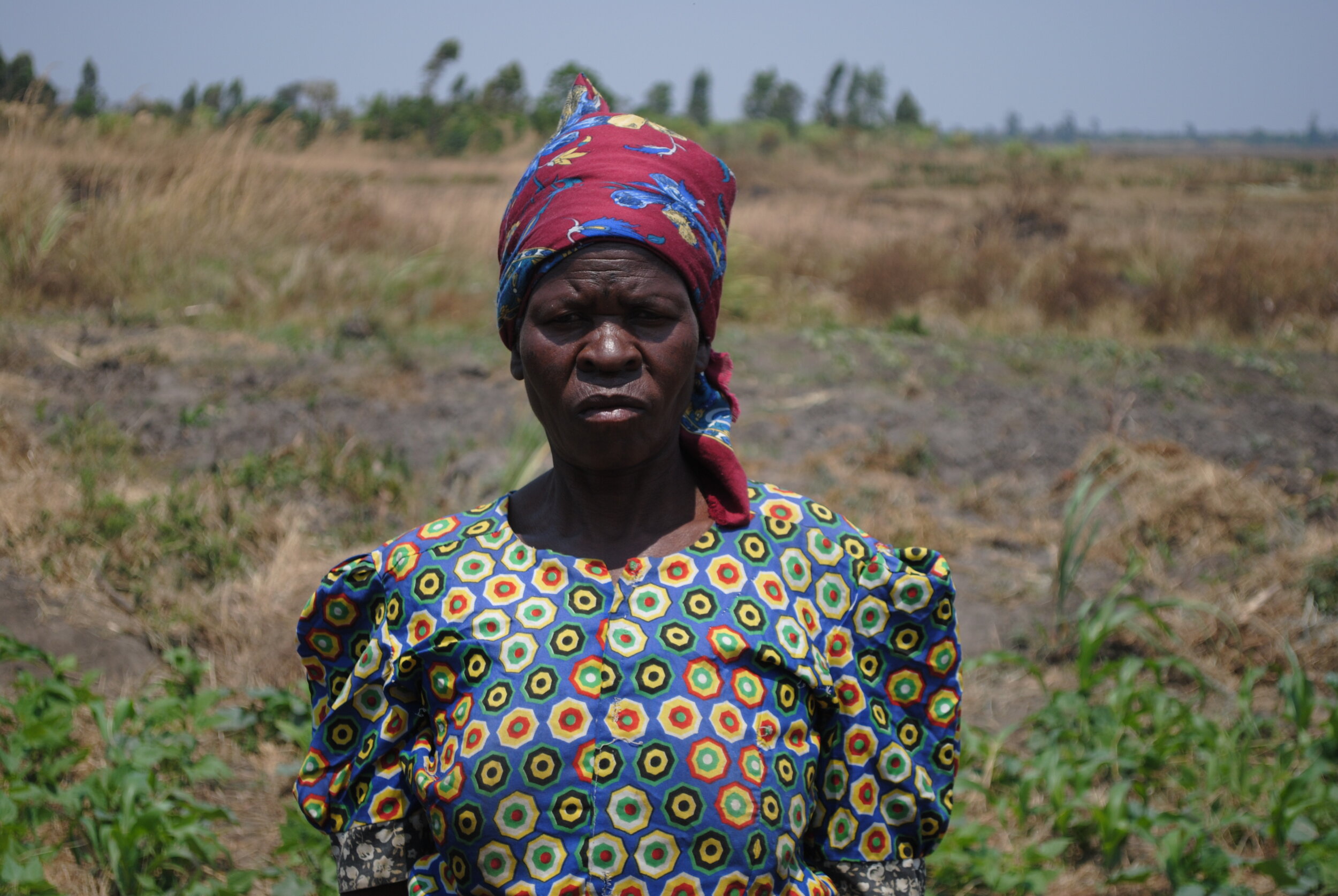What Does a Farmer Look Like?
Growing up in Kansas I have always had an idea in my head of what it means to be a farmer. We would visit our neighbors, go to the 4-H club meetings or even to a local auction or feed store and it was always pretty much the same. You could recognize a farmer.
My favorite farmer happens to be my Dad, Gary Price. So, this is the picture I had in my head of what a farmer looked like.
In 2010 when I first went to Malawi I learned that farming is a way of life for 9 out of 10 people. Malawians eat corn, tomatoes, onions and the leaves from squash or sweet potato plants. Eating local or farm to table isn’t trendy, it is the only way of life. There isn’t processed food, restaurants or grocery stores in the village. The only food they have available is the food that they grow. This is how the farming year goes for families in Malawi:
Rainy Season…(December - February) This is when food is grown. The first rains start to fall and seeds are sown, the harvest depends on how much rain, how frequent and if it rained at all.
Dry Season…(March - September) This is when food is harvested and stored for use the rest of the year. If the rainy season has been ideal most families will have enough harvest to eat a meal a day (yes, just one around mid day) until September but then the food tends to start dwindling.
Hunger Season… (September - November) The food storage has started to dwindle, meals become smaller and stretched. The land gets prepared for the rains to come and families try to make it.
Hunger seemed like a part of life, a reality that we would always have with us. I did not believe that hunger was actually identifiable and addressable. But in Malawi, hunger isn’t some monster that can’t be tamed, it is just a matter of ending the hunger season. Figuring out how to help families grow a little more food when it isn’t raining outside seemed like a possibility to John Drake (my sweet husband). He is a problem solver and growing up in Texas he knew right away that you don’t need rain, you just need a windmill!
Above : Mgwayi Village, Malawi 2009 - Team from Summit Church who constructed the First Prototype Windmill. Before Metal was widely available in the marketplace Africa Windmill Project used locally available materials to build windmills. So much has changed in 10 years! Video Below: October, 2019 - The new windmill design with 16 blades made from locally available materials!
Because of encouraging family and friends and our church (Summit Church), who believed in the possibility of ending hunger in Malawi, Africa Windmill Project was born. Turns out they were right! In Malawi a little analog power (simple irrigation technolgy) working to draw water up from the ground and a path to take the water to the garden really does end the Hunger Season.
Now my idea of what a farmer looks like has really changed! We see farmers growing food from 15 - 80 years old and over 70% of the farmers that we work with are women. These farmers have blessed us so much by teaching us things we could have never known without meeting them and learning about their lives.
Thank you, all of you, who end the hunger season by giving faithfully every month, everyone who has given once, or gives every year and those of you who pray or have visited and encouraged the staff and farmers.
You decided to help others, people who live in a different place and speak a different language mattered to you. You have helped them find a solution for the challenge that they faced. Africa Windmill Project provides an opportunity to help others have food, access to medical care and education. Food security is becoming a reality in Malawi because you have ended the hunger season. Thank You!
Mizeki Sayilota, member of the Ntchinji Club just received his rope and washer pump! 1 out of 2 Malawians survive on less then $1.90 (US) a day. This pump makes it possible for them to grow food to eat and to sell — No more Hunger Season for the Sayilota’s! Thank You for making this possible!
